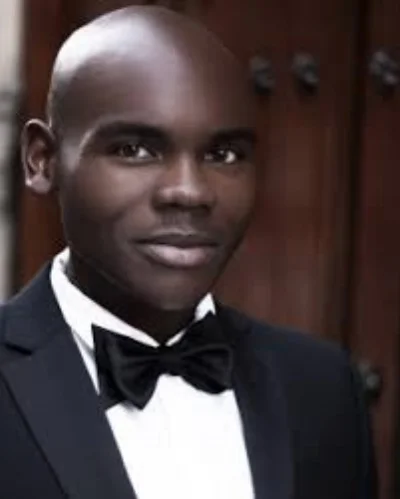EAR TRAINING FOR HISTORY
Ear training for history is a practice based research methodology and performance project evolving as part of my book project, 'Power in the Tongue:' Black Women’s Music Theater before 1900”. Ear training for history is designed to cultivate critical listening to subaltern bodies in American theatre and performance history. Since May 2017, Columbia University musicologist Marti Newland and I have collaborated to re-stage Elizabeth Taylor-Greenfield’s vocal archive. Working with multi-register singers, counter-tenor Matthew Truss and mezzo-soprano Lucia Bradford, we are developing a new work for the general public that gives voice to how Taylor-Greenfield’s performance practice critiqued essentialized categories of gender and race. In the clips below, Truss and Bradford sing excerpts from Taylor-Greenfield's concert repertoire, mimicking the artist's style by singing the repertoire as written, then down an octave. Listen for how this practice of cross register singing scrambles normalized conceptions of audible "gender."
Ear training for history will ultimately expand to include investigations of the other performance practices theorized in the book.
You’ll also see an animation of the London Illustrated news edition of July 30th, 1853. This edition featured an illustration of “Miss Greenfield’s Concert at Stafford House,” a performance where Taylor Greenfield sang the dramatic fugitive slave sketch, “I’m Free” before an audience of elite British abolitionists. Together, Illustrator and animator Alex Derwick and I are working to bring this performance to life in way the intervenes against archival representations of Taylor Greenfield.
Animation by Alex Derwick

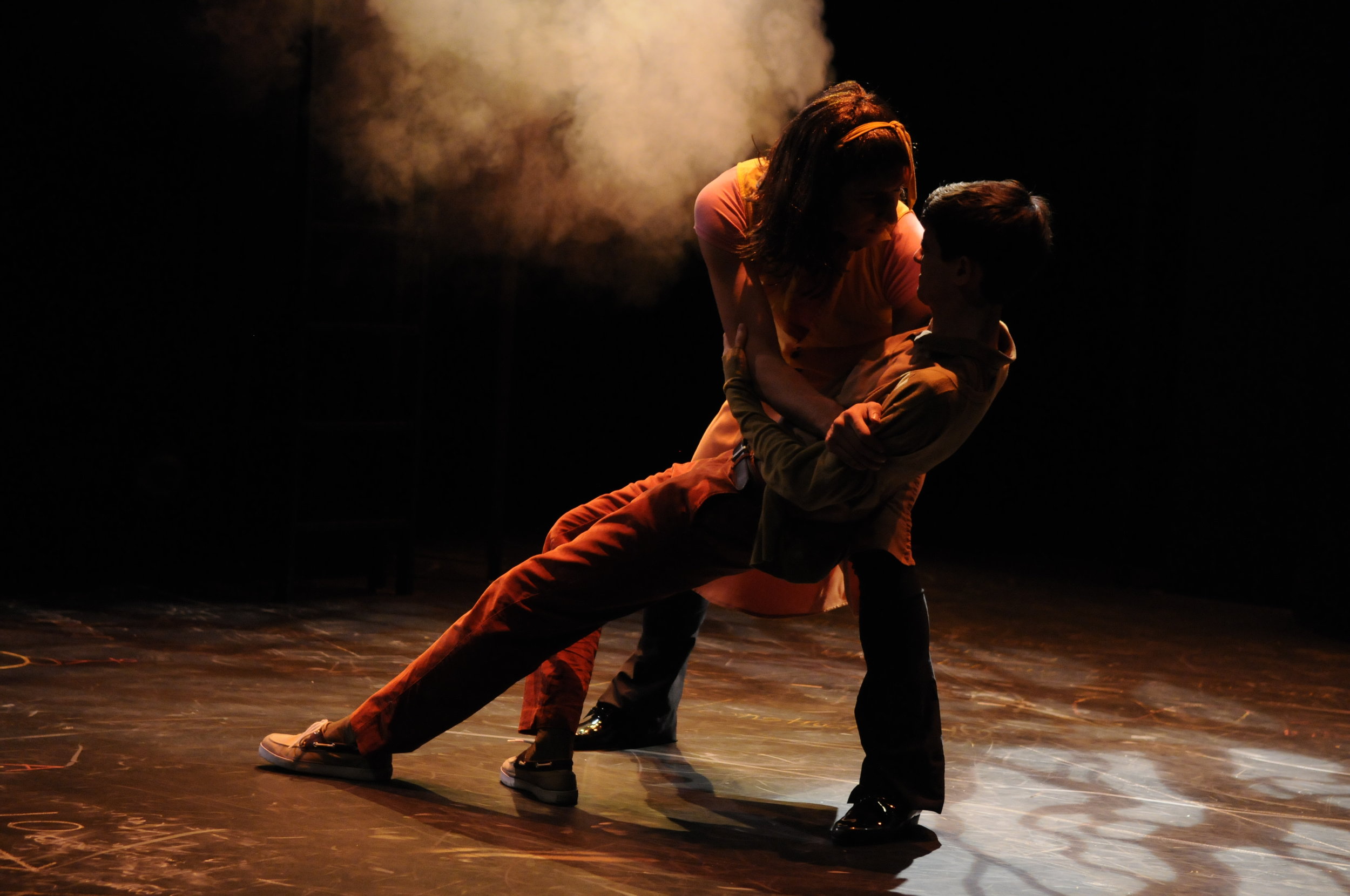
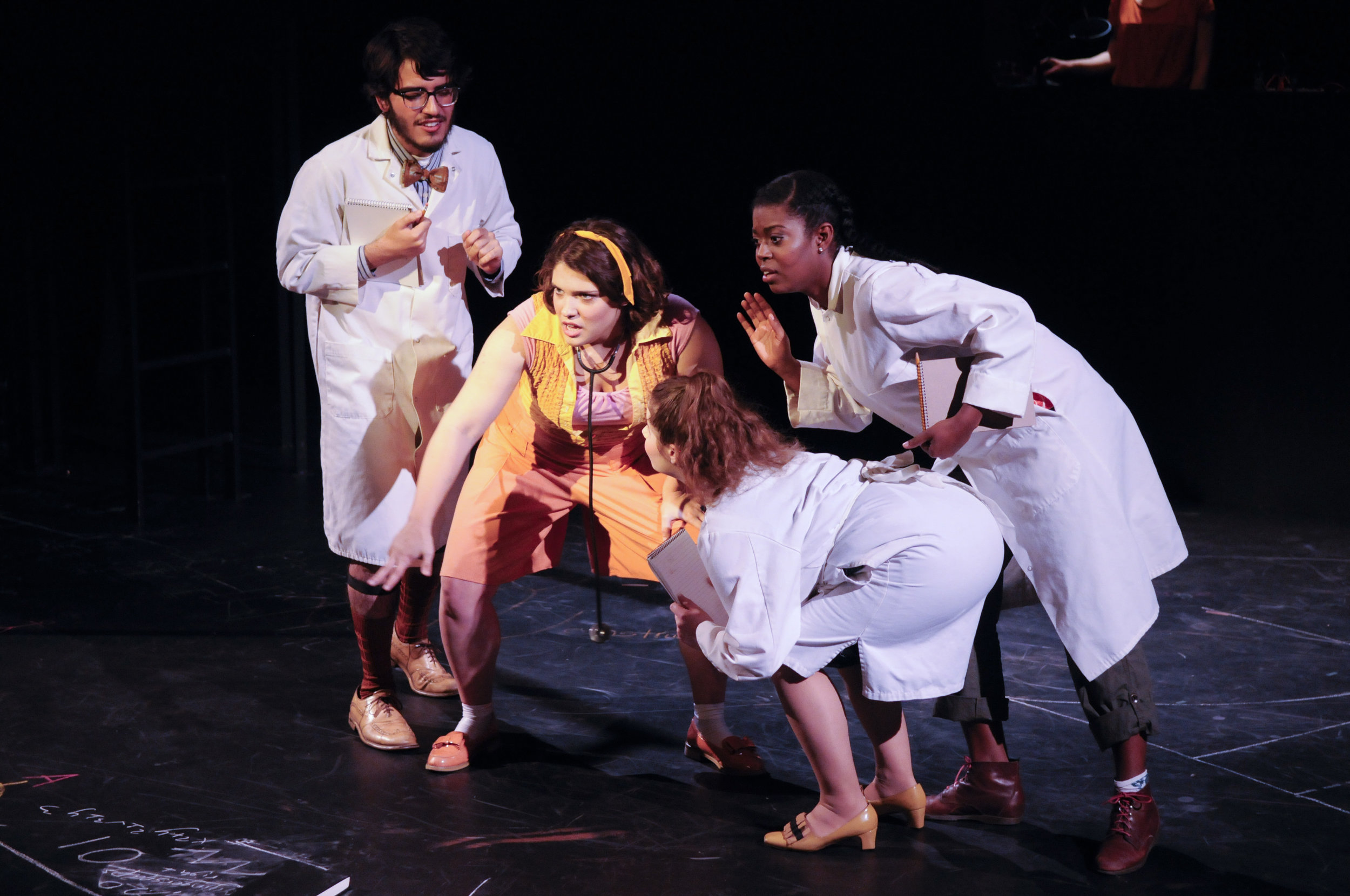
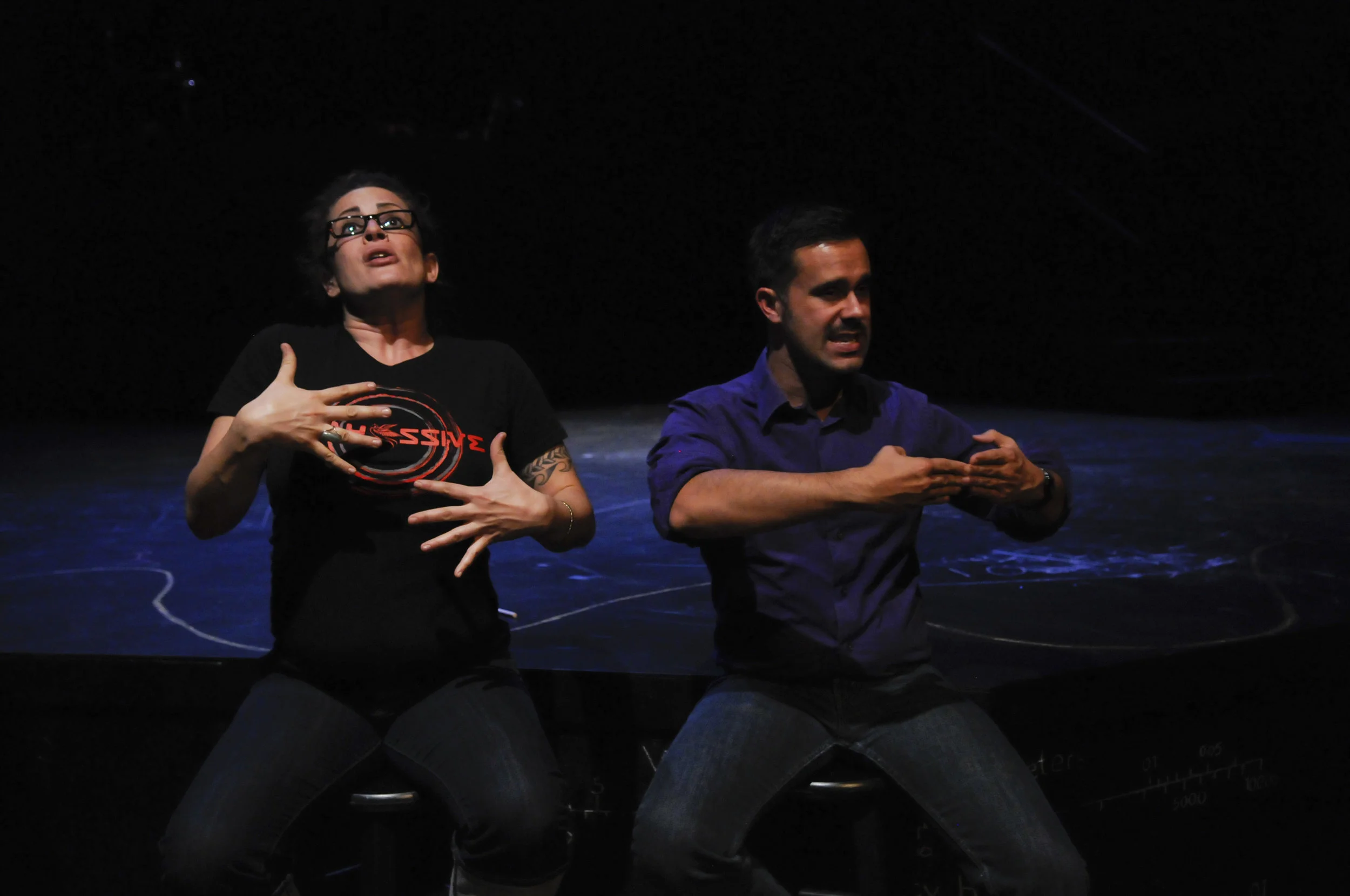
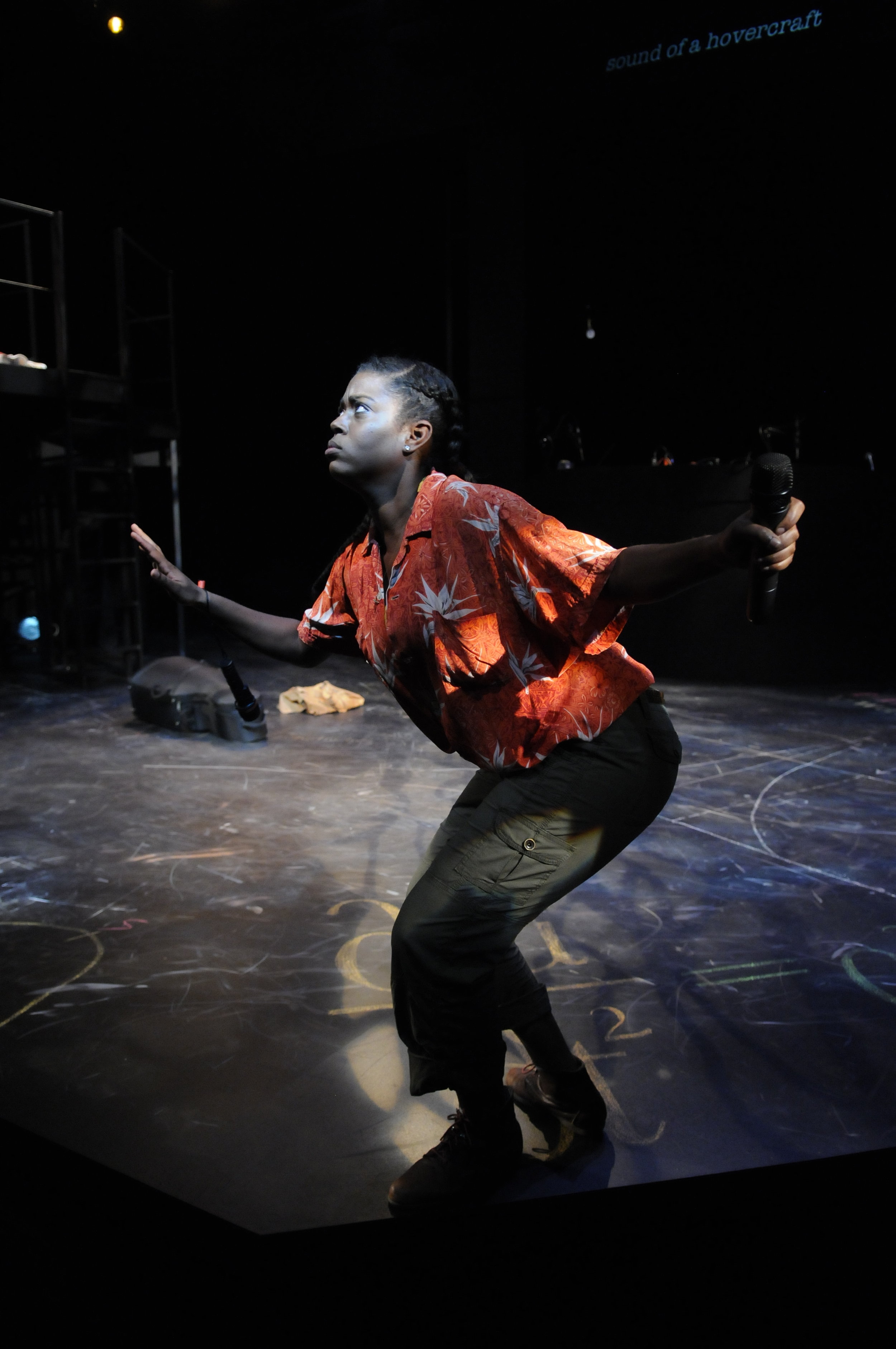
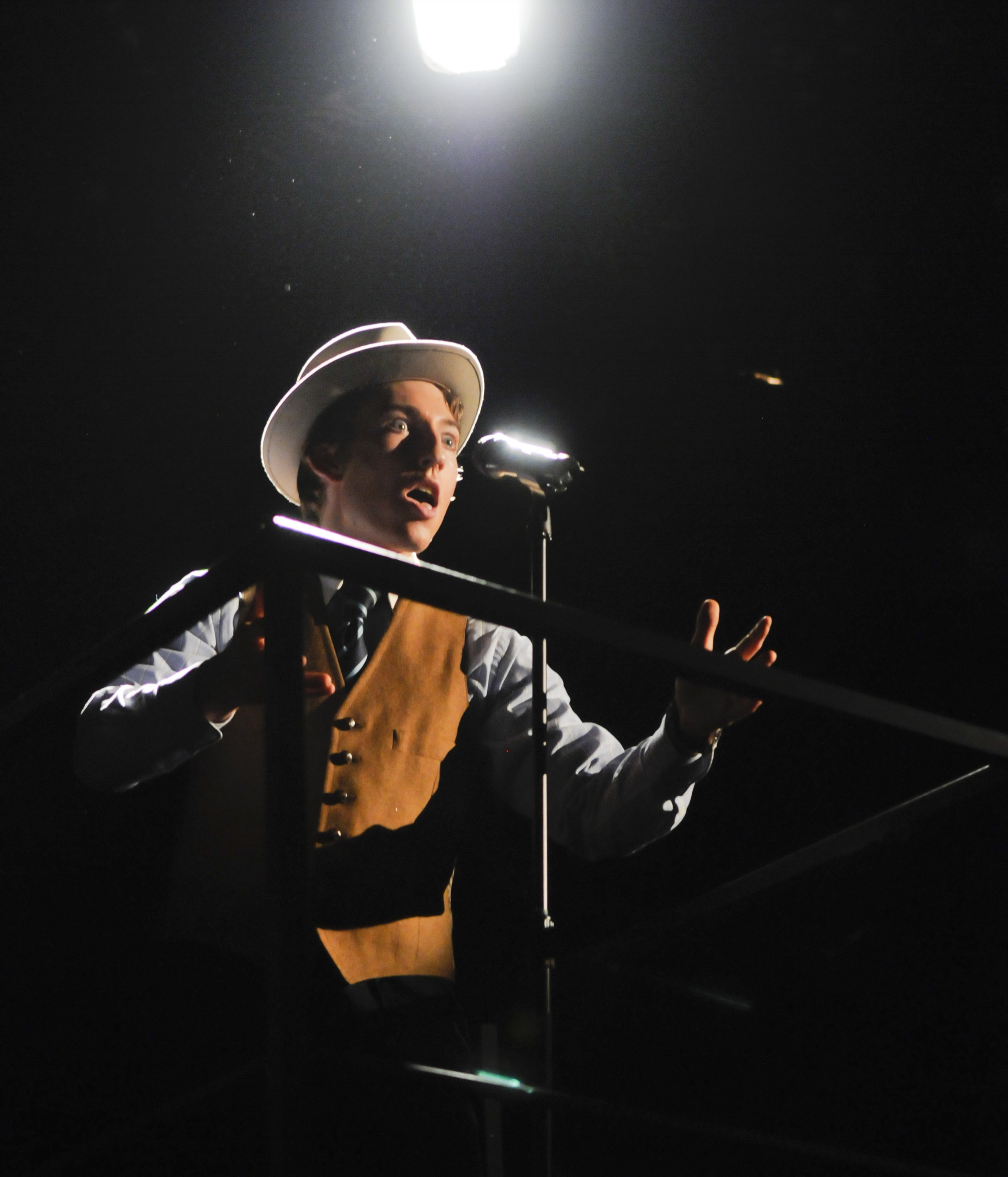
KID SIMPLE: A Radio Play in the Flesh by jordan Harrison
In this production I teamed up with Deaf actor and educator Shira Grabelsky to co-direct Harrison's non-traditional radio play. Using intermedial theater techniques to stage sound that could be felt and seen as well as heard, we made the radio pay accessible ad entertaining for hearing, Deaf, and Hard of Hearing (HoH) audience members. An ASL interpreted performance (figure 4) and bilingual rehearsal techniques integrated the UC Berkeley theater community across ability. A sample of the show's complex audio (live Foley [figure 1] plus standard design) can be heard below.
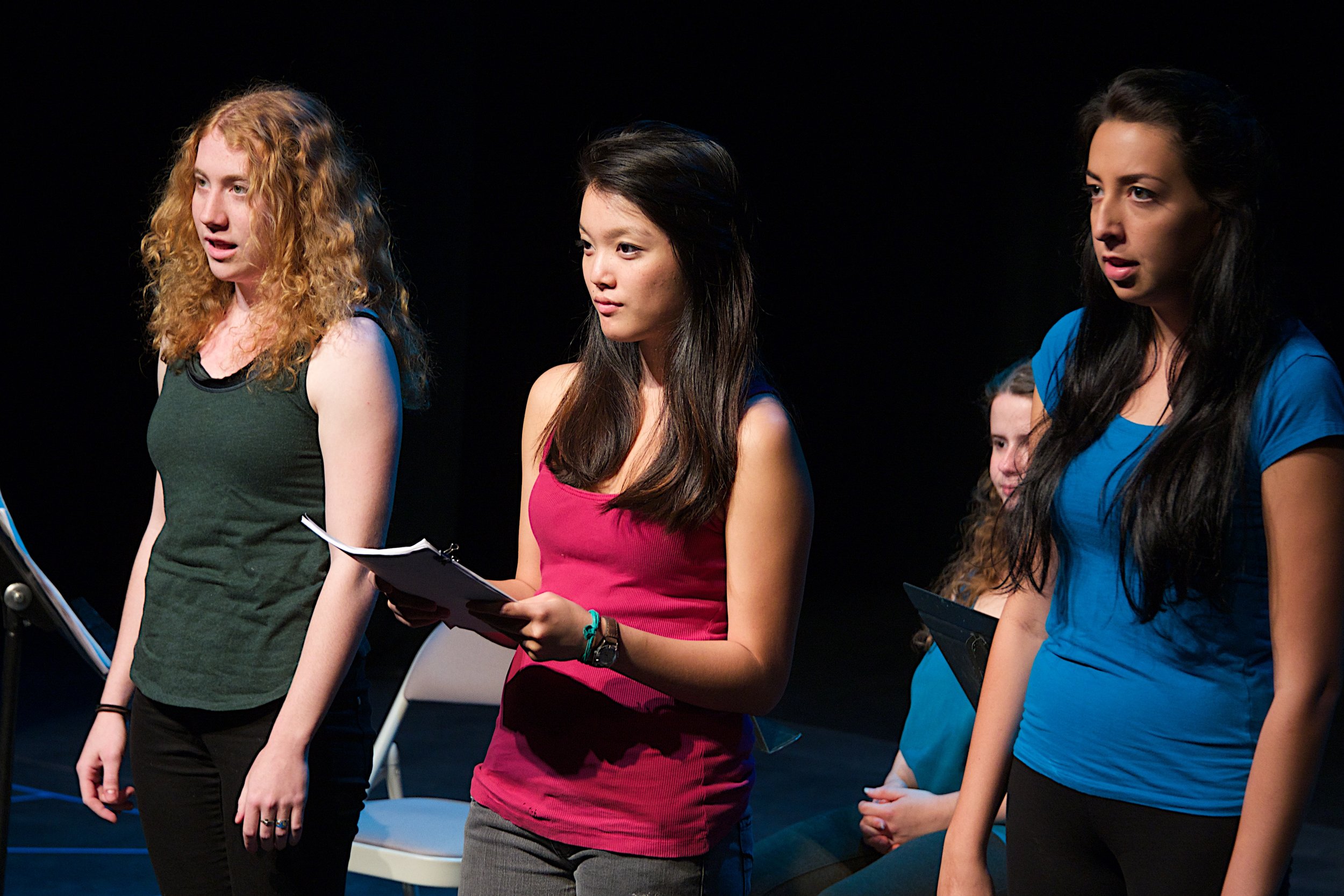
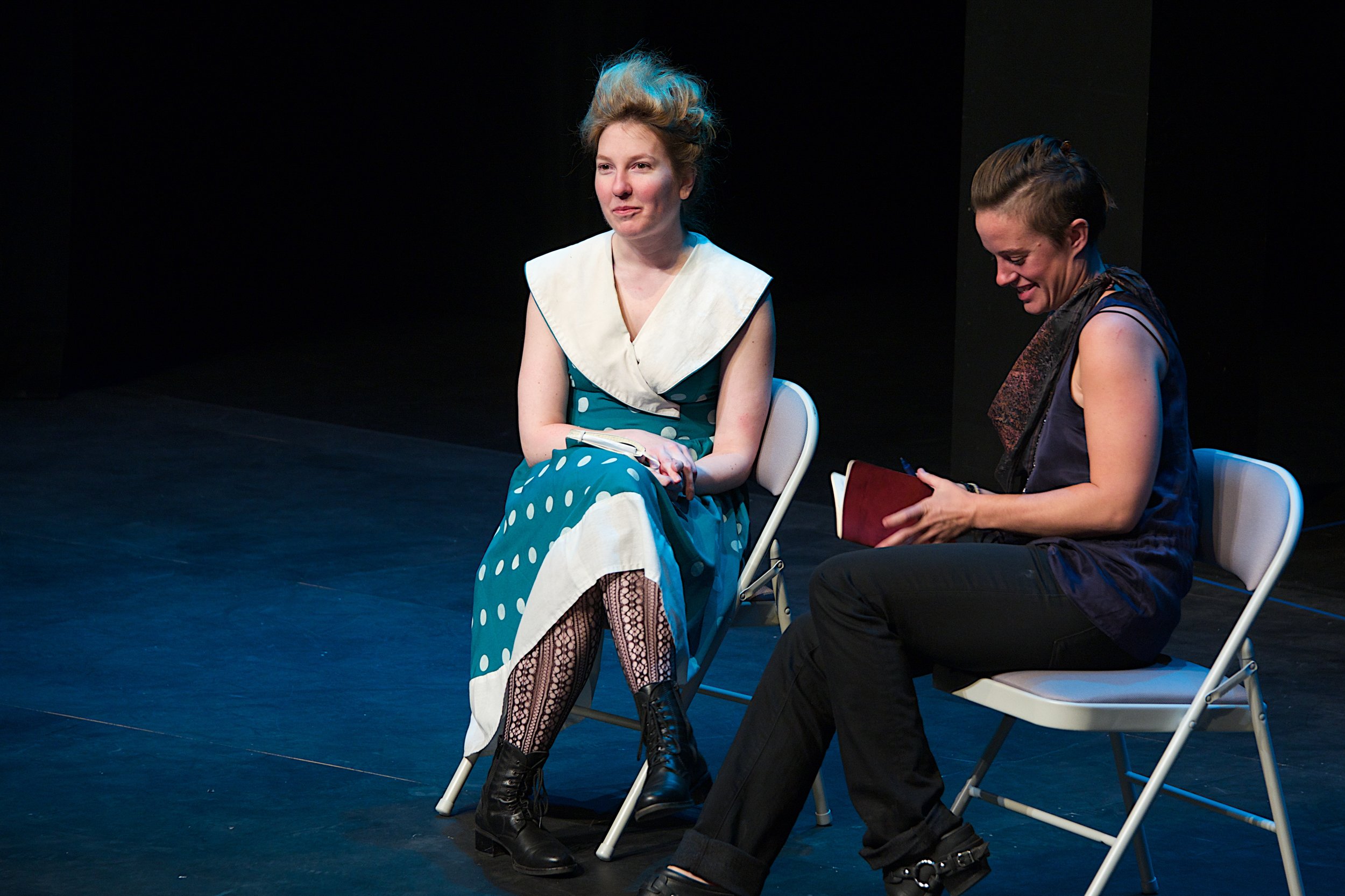
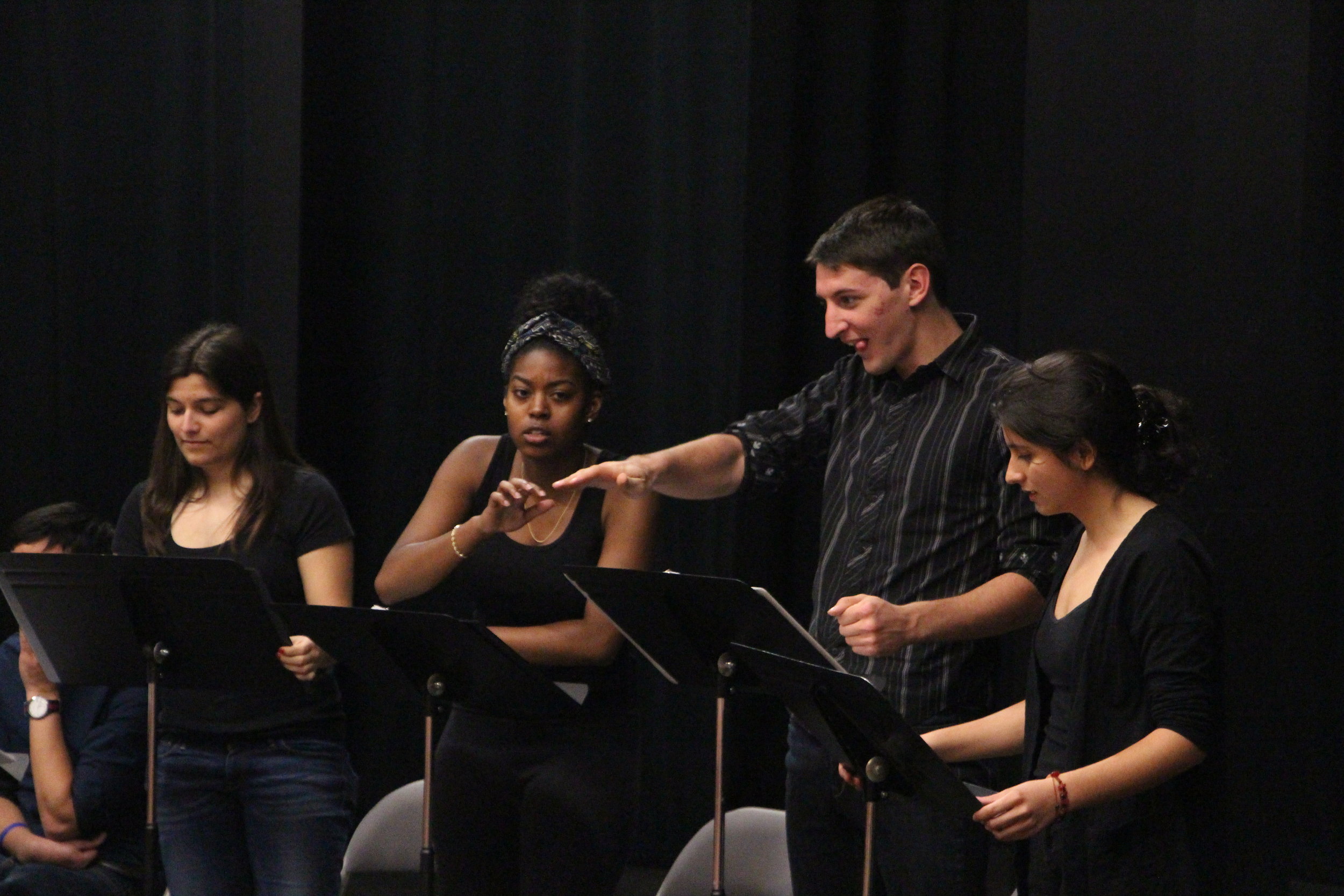
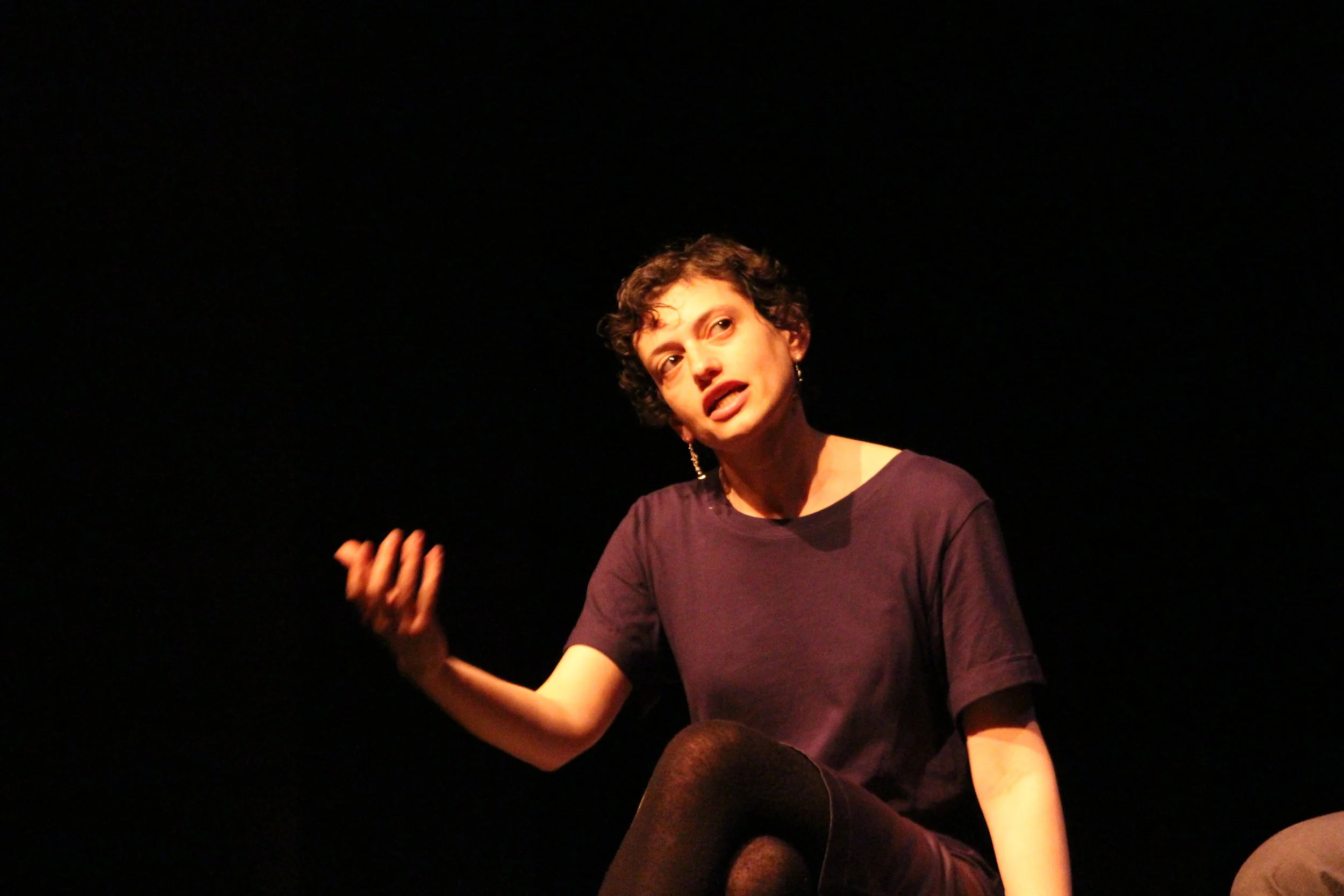
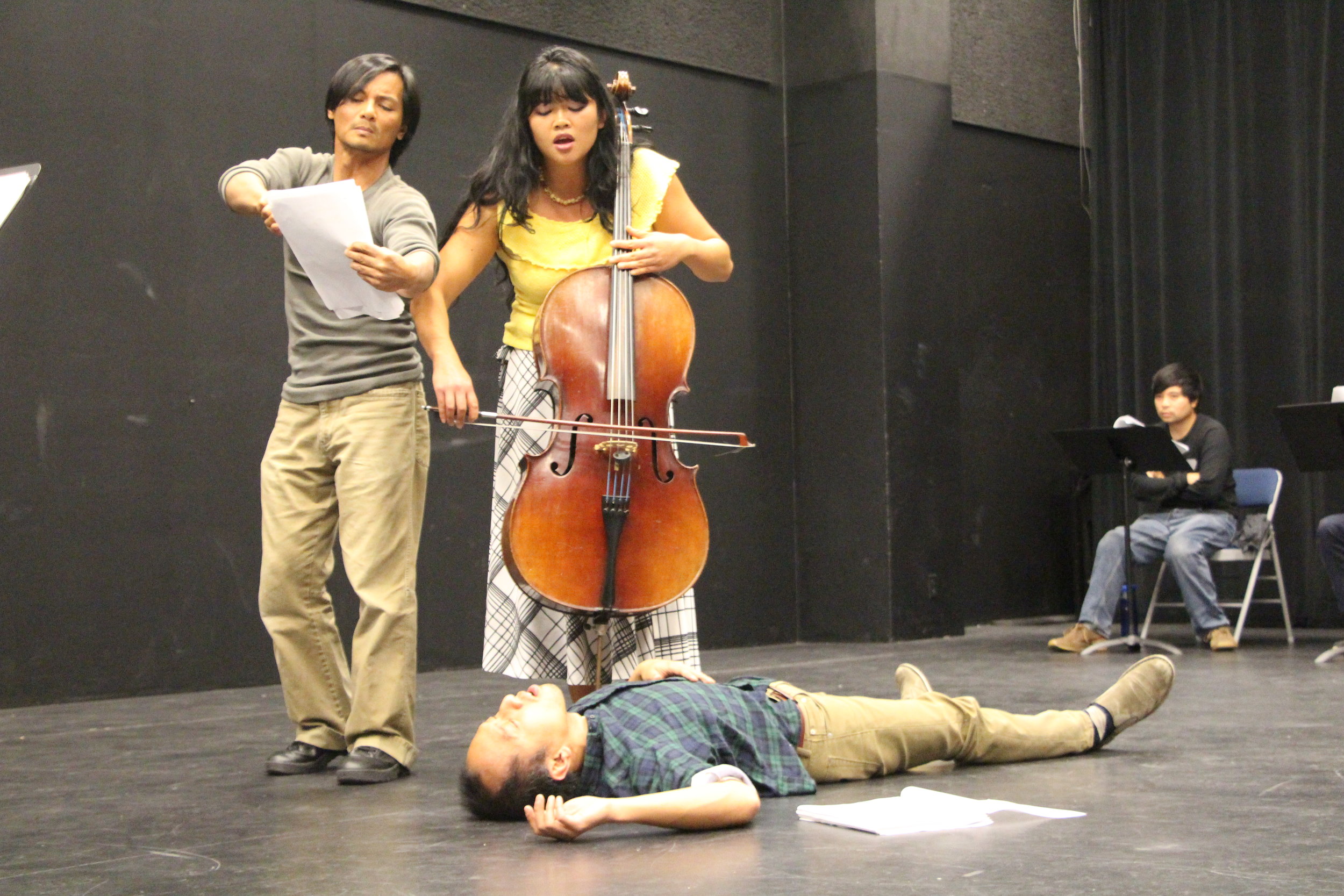
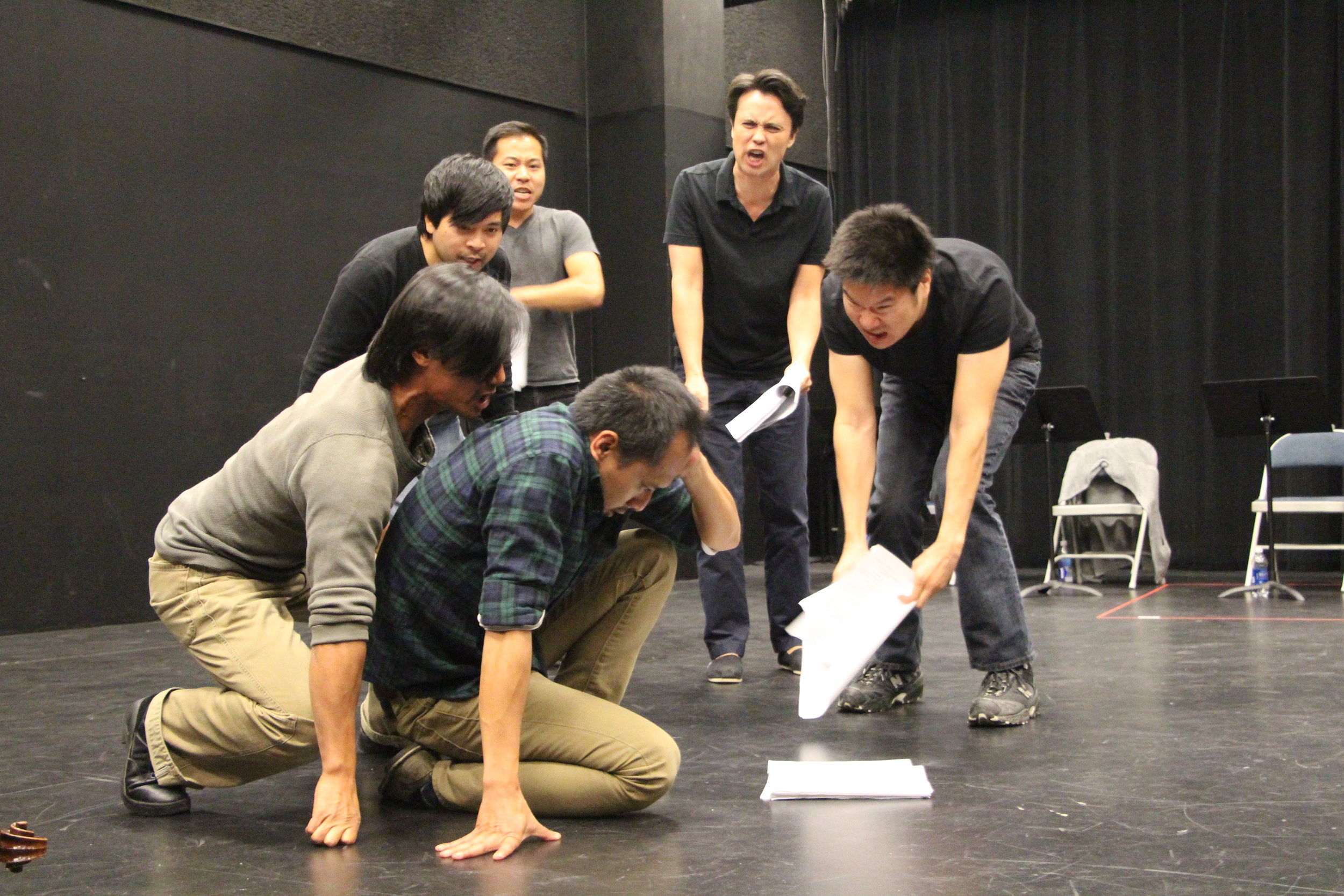
NEW PLAY PRACTICUM
At UC Berkeley I teamed with colleagues Takeo Rivera and Joshua Williams to design, launch, and direct a course partnering undergraduate actors with visiting playwrights to mount public readings of new dramatic works. The course was committed to producing readings by female and women of color writers. Playwrights in residency during my tenure included Krista Knight (Untitled Teen Hospice Play, figures 1 &2), Julia Jarcho (Every Angel is Brutal, figures 3& 4) and Frances Ya Chu Cowhig (410 Gone in collaboration with SF Playwrights, figures 5 & 6), among many others. The course was institutionalized by UC Berkeley.
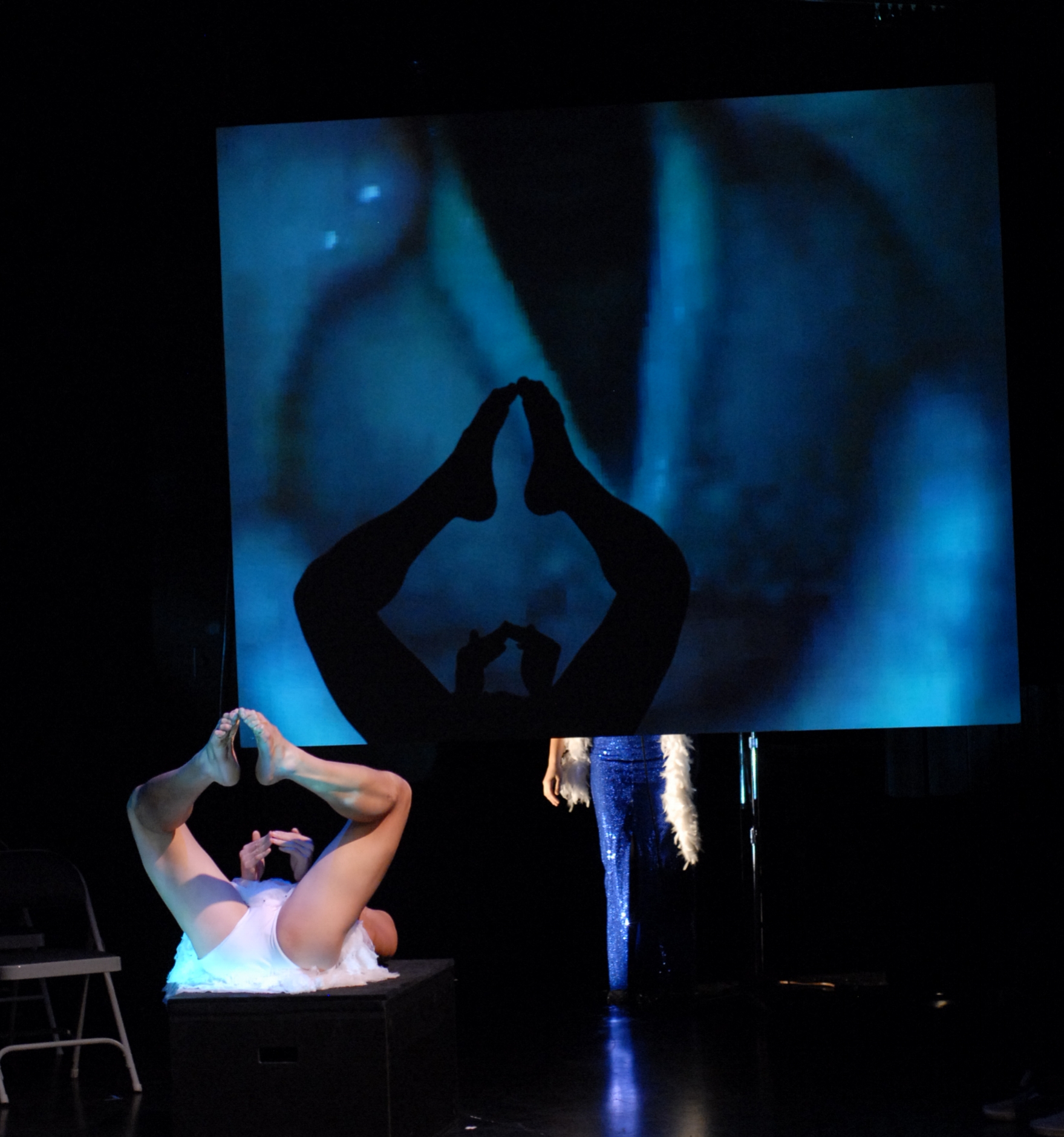
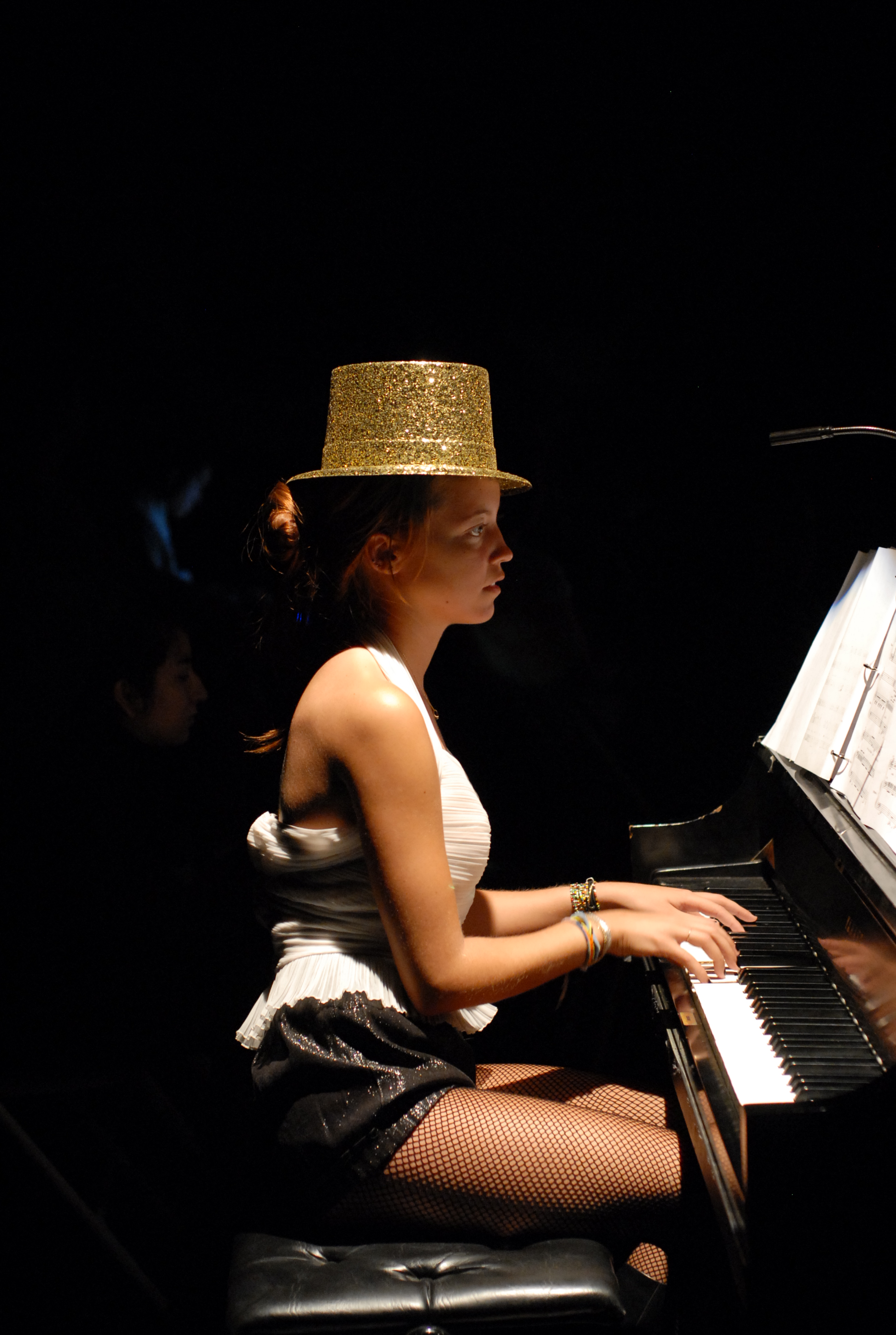
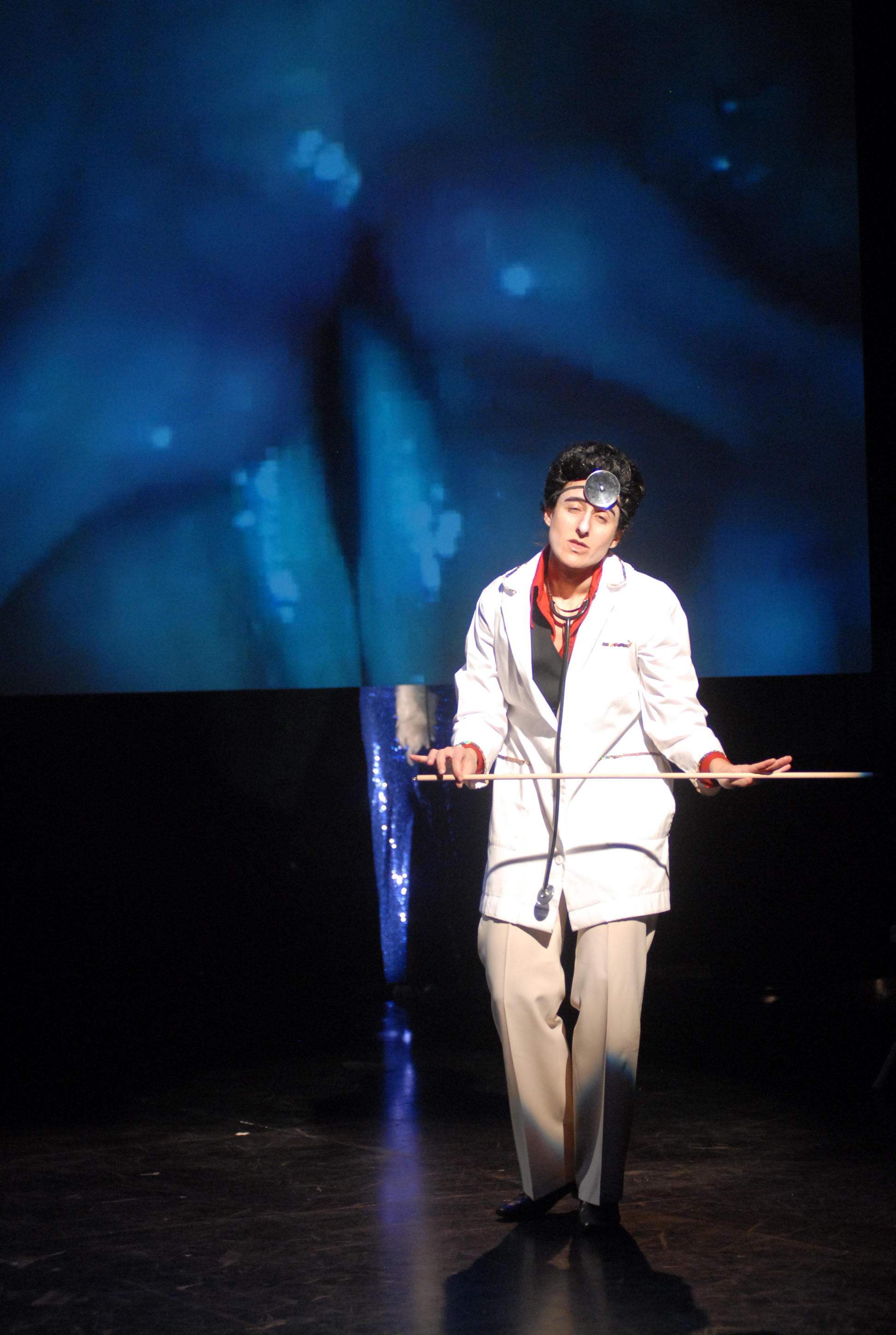
Voiced box
Voiced Box is an original, laryngoscopic video cabaret, with book by Caitlin Marshall and original score by Sam Krahn. Featuring video, live musicians, a singer, and dance, the cabaret narrates a story of sexual assault and vocal damage to address the formation of gendered and disabled identities.
